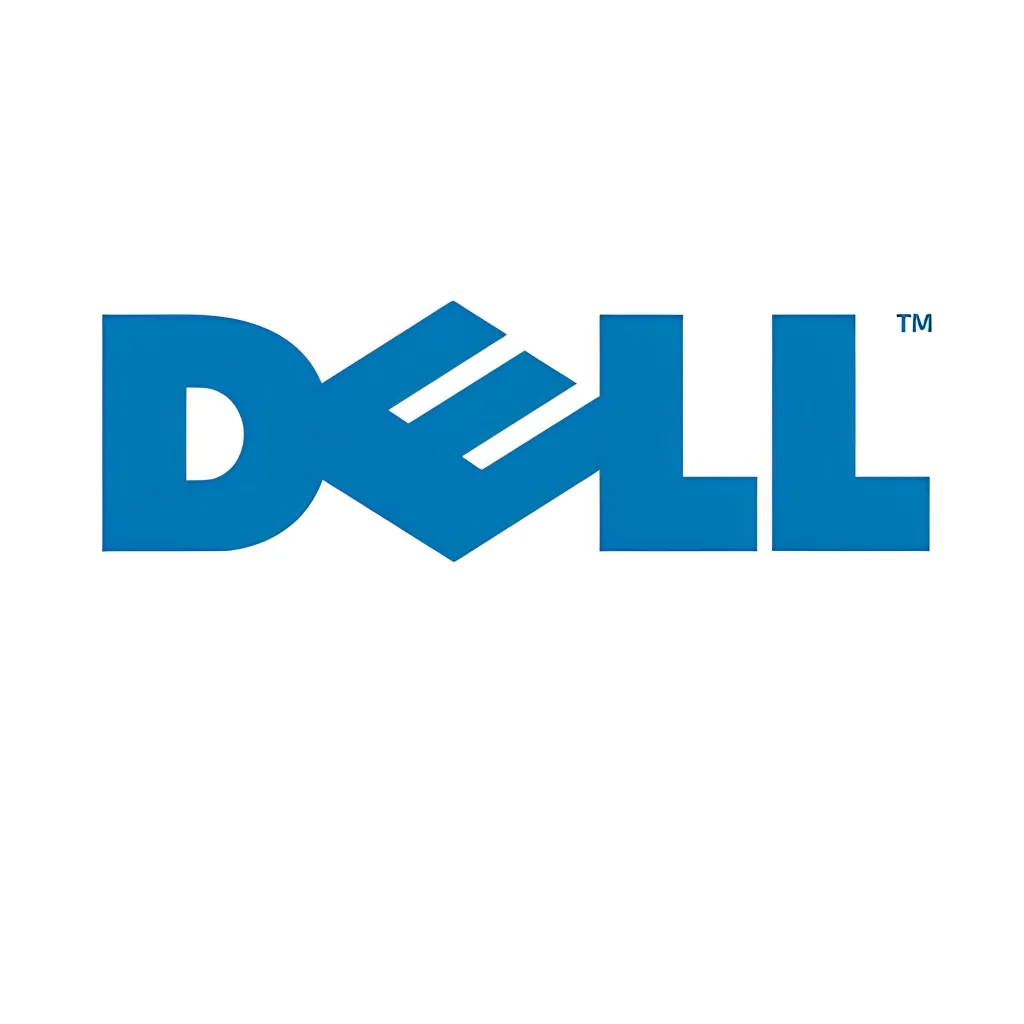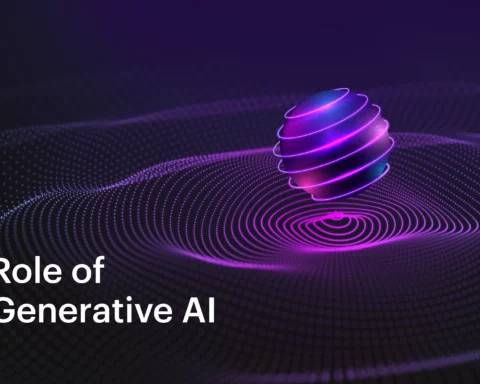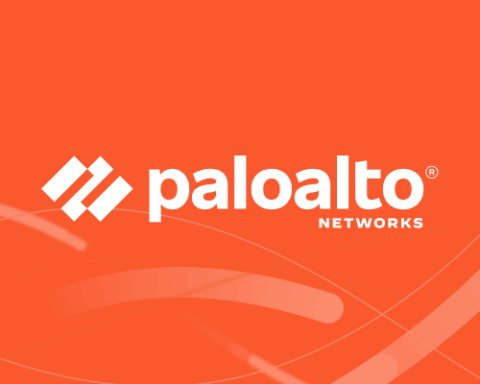Natural disaster, cyber-attack, scheduled data center maintenance: What do these have in common? They all cause disruption.
Disruption occurs for a variety of reasons, and whether planned or unplanned, Indian businesses need a strategy. Traditional Disaster Recovery (DR) approaches relied on an all-or-nothing attitude when a disruption occurred, with the limited ability to only recover the full site, not specific applications or application bundlers. With the increasing number of applications managed by IT and the increasing reliance on those applications by business users, it’s time to consider the strategy.
The Dell Technologies Global Data Protection Index is a survey of 1000 IT decision makers globally on the maturity of their data protection strategies and how they value data and assess the relative preparedness of their businesses.
This year’s results highlight that organizations have experienced higher levels of disruptions in the past year, with over 86 percent of respondents’ organizations experiencing at least one disruption in the last 12 months. This points toward a staggering trend of increasing data loss, downtime, and recovery costs.
Breaking down the overall disruptions within this year’s report, there were a few noteworthy take aways:
- With outages being so widespread and costly, businesses have started looking toward the next generation of methods to maximize availability for their users. 36 percent of respondents had experienced unplanned system downtime in the last year. This combined with other disruptions resulted in the estimated cost of data loss in the last 12 months to reach an average of $1,057,895. To combat these costly disruptions, a recent concept has emerged as a favorite of early adopters – application mobility. This methodology minimizes both planned and unplanned downtime by ensuring applications can quickly move between data centers, introducing true mobility. This could be executed to mitigate longer planned downtime or to recover from an isolated incident within the production data center, thus avoiding a longer outage or the need to failover to DR. One of the most critical steps in enabling application mobility is deeply analyzing the applications and their business requirements to better understand their use. Then, using this information, assigning an appropriate level of availability to each application or bundle.
- The lack of confidence that the organizations’ data protection measures can mitigate the effects of cyberattacks is alarming. 67 percent of respondents are concerned that their organization’s existing data protection measures may not be sufficient to cope with malware and ransomware threats. This is further echoed in their organization’s ability to recover business-critical data in the event of cyberattack. Compounding this, there is a misguided over-confidence surrounding the consequences of a ransomware attack. 64 percent of respondents agree that their job and the employees within their organization will not be affected by a ransomware attack; another factor that could expose organizations to further risk. There is a need to account for the impending risk of cyberattacks that are becoming more sophisticated by each passing day. Cybersecurity strategy cannot be an afterthought and a reactive stance to attacks is only going to lead to incremental losses for the businesses.
- Having a cyber recovery strategy in place to reduce downtime and recover critical data in the event of a cyber-attack is essential. The drastically increasing threat landscape due to more applications, increased reliance on applications, and more connected devices has forced organizations to develop and thoroughly test their strategies. In the last few years, ransomware has been one of the most destructive and newsworthy variants of cyber-attacks, locking files and demanding ransom in return. Respondents to this year’s report noted this trend, indicating that 42 percent had experienced an outage due to a ransomware attack. These attacks can be difficult to recover from and require specialized planning and technology to keep critical data isolated and ready for recovery.
These data points indicate a strong trend of both an increasing number of disruptions and causes of these disruptions. It is clearer than ever before that a holistic, modern approach to mitigating disruption must take an application-centric view to minimize downtime, based on the criticality of each application to business stakeholders.






